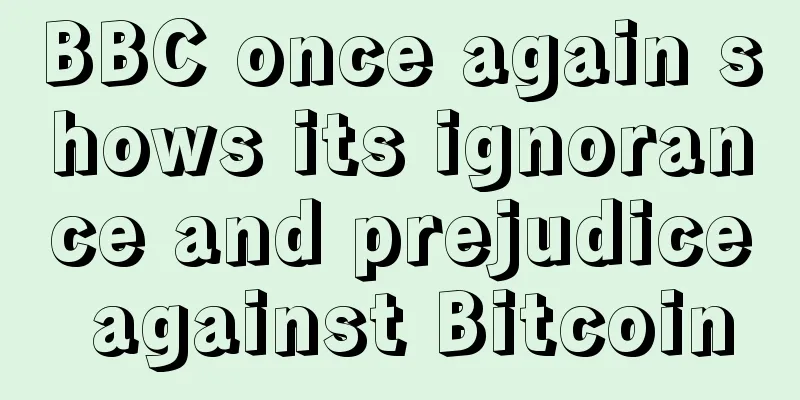Bitcoin pulls back again, is the rebound over?

|
The COVID-19 epidemic continues to spread in Europe and the United States. According to real-time statistics from Johns Hopkins University in the United States, as of 2:39 a.m. Beijing time on the 30th, the number of confirmed cases of COVID-19 worldwide has exceeded 710,000, reaching 710,918, and the number of deaths has reached 33,551. Data shows that the country with the most confirmed cases of COVID-19 in the world is the United States, with a total of over 130,000 cases. It should be noted that although Bitcoin experienced fluctuations of more than $1,000 last week, it did not test the resistance line or support level of the descending channel. At present, the price of Bitcoin is approaching the median line of the descending channel, which is $5,600. Of course, if Bitcoin can stay above $6,100 this week, it will still be technically bullish. On the one hand, the reduction in mining difficulty may mean that Bitcoin faces more downside space, and on the other hand, it may also mean that miners are more profitable. |
<<: How do miners affect the price of Bitcoin?
Recommend
How to tell your fortune from your feet
How to tell your fortune from your feet Big and t...
Where is the most blessed mole for a man? Where is the most blessed mole for a man?
Where is the most fortunate place for a man to ha...
There is a mole in the center of a woman's chin
It is not easy for women to fight in the society....
Singapore Myanmar Investment Company SMI purchased 800 mining machines and turned to mining services
On August 25, Singapore-listed company Singapore ...
Betting against LUNA, a fatal dream of getting rich
Overnight, Bitcoin (BTC) is still fluctuating aro...
Institutional diamond hands hold Bitcoin tightly, 62,000 yuan may become a new buying benchmark
Related reports point out that compared with the ...
Moles that are destined to have a bright future
Moles that are destined to have a bright future M...
How to tell wealth, official position, marriage and love from face reading (Part 2)
How to tell wealth, official position, marriage a...
Women with sunken eyes are less attractive
The eye socket is the circle around the eye. The ...
Is it good to have a cross pattern at the end of the love line? How to know career fortune from it?
How to read the love line diagram in palmistry? T...
Comparing everything with others
Everyone has their own strengths and weaknesses, ...
Talking about the "lifeline" of Bitcoin from the collapse of CoinWallet
Last month, digital currency firm CoinWallet.co a...
People with these faces are always worrying.
Some people just look noble. Even though they don...
Canadian blockchain startup BTL goes public on TSX Venture Exchange
According to foreign media reports, Canadian bloc...
What does a mole on a woman's right face mean?
There are many moles on our human body. Some you ...









